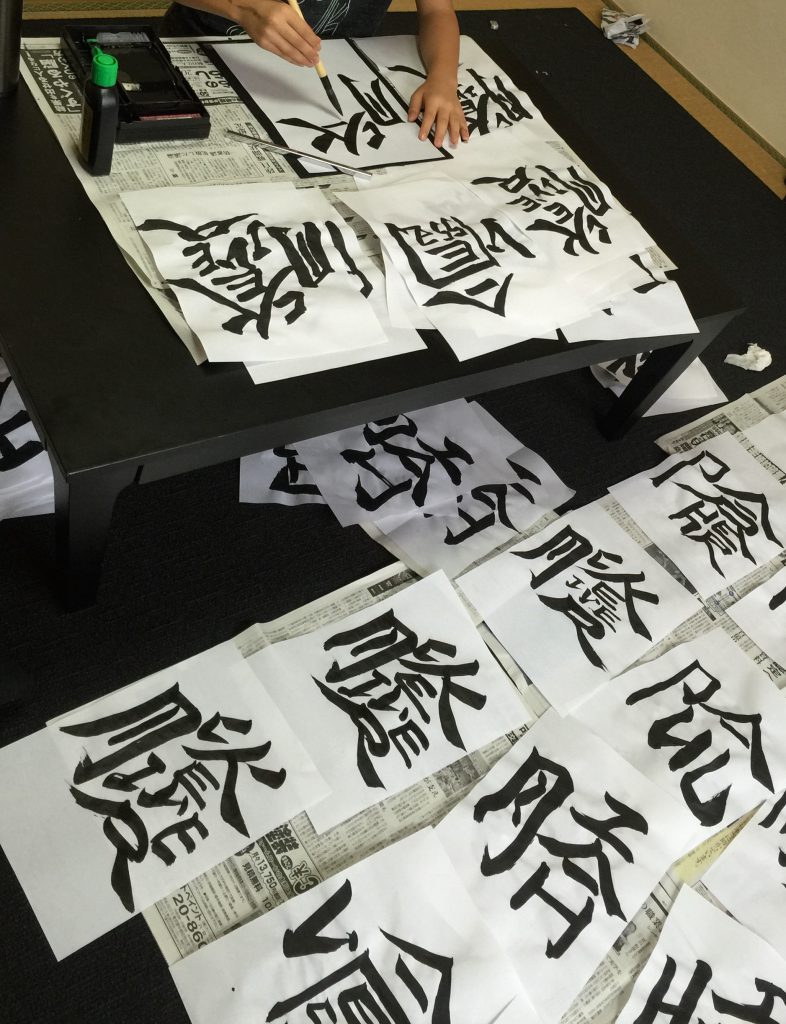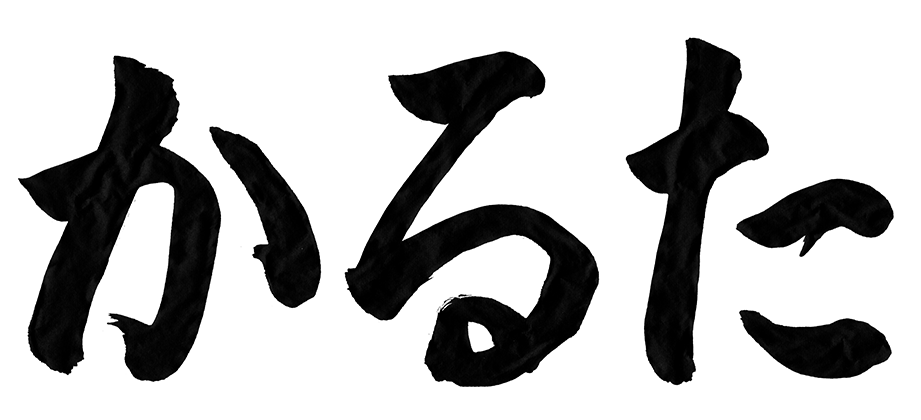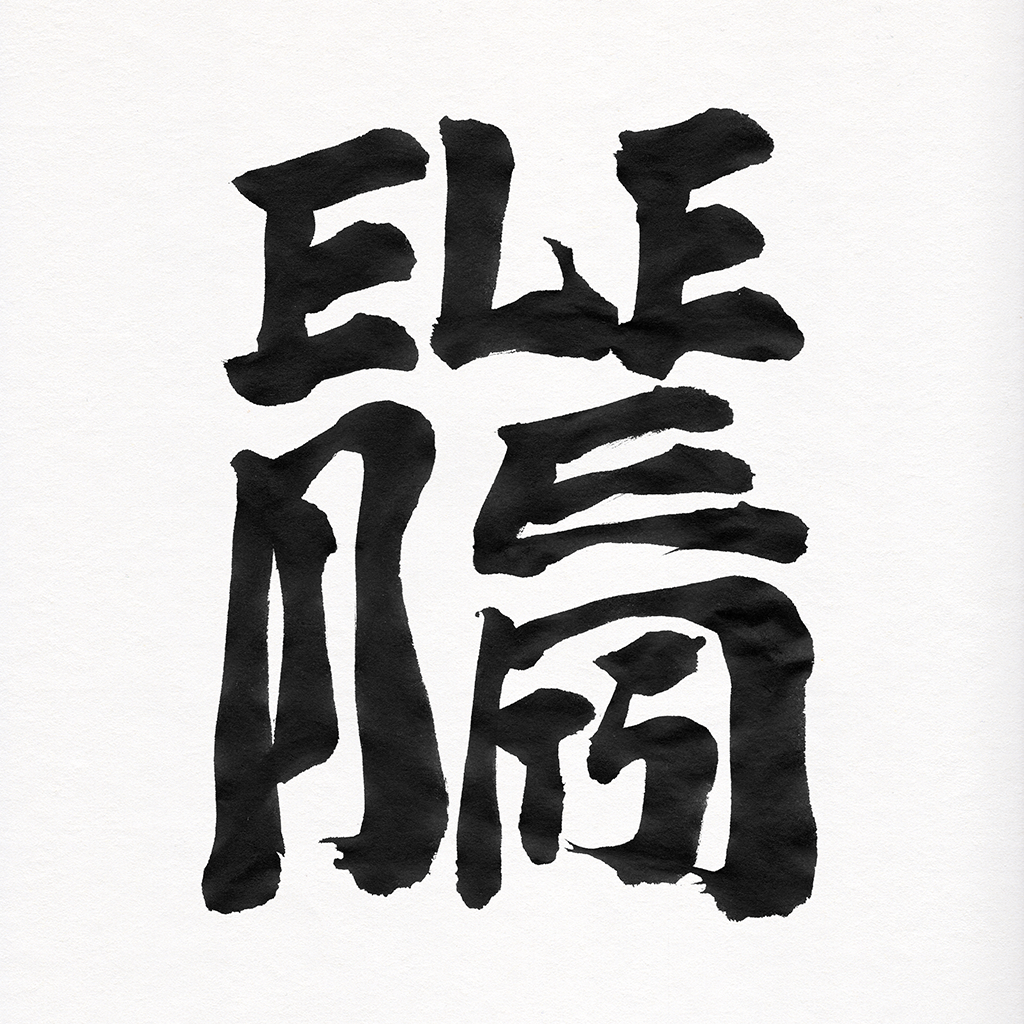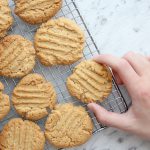Japanese calligraphy is called Shodo in Japanese. It is the way of writing Chinese and Kana characters with a brush in India ink. Shodo means Japanese calligraphy, “Sho” means writing and “Do” means the way. Good Japanese calligraphy possesses not only beauty, but also rhythm, as well as the character of the calligrapher and their emotional state.
Japanese calligraphy developed from Chinese writing around 2,000 years ago, as at that time, Japan did not have a written form of language. People began adapting characters from Chinese into Japanese forms – and kana writing was developed between the 5th to the 8th century. So it is one of the oldest traditional forms of art in Japan, and has been in existence since the 5th century. It was practiced during the Edo period by the samurai. Japanese calligraphy was essential education for samurai and noble families.

Shodo requires a brush, some ink, an ink well, hanshi paper, a felt mat for the paper and a paperweight. Fude (the brush) is the most important tool for shodo. Specialist exclusive brushes are made in Japan using very soft hair from horses, sheep and racoons.
There are different types of brush strokes in Japanese calligraphy such as Kaisho – the block style; Gyosho – a less formal style than Kaisho, resembling a free flowing script; and Sosho – when one character flows into another, like the wind blowing the grass. Japanese calligraphy is like painting, possessing rhythm, emotion and a spiritual quality, using the shading of the ink and balanced placement of the characters on the paper.
Here are some pictures of my Shodo works:


Also, there is another modern style of Japanese Calligraphy, which is a fusion of English and Japanese. These looks like Japanese characters, but they are actually English:


The first one says “HOME”. You can see the components of the Character is actually alphabets. Then, can anyone guess what the second calligraphy mean?



